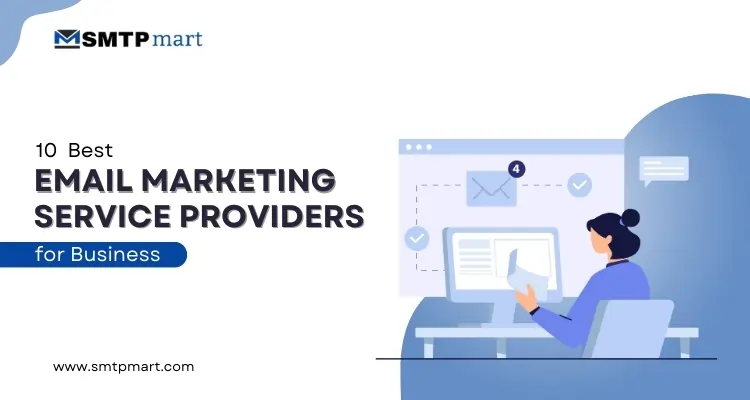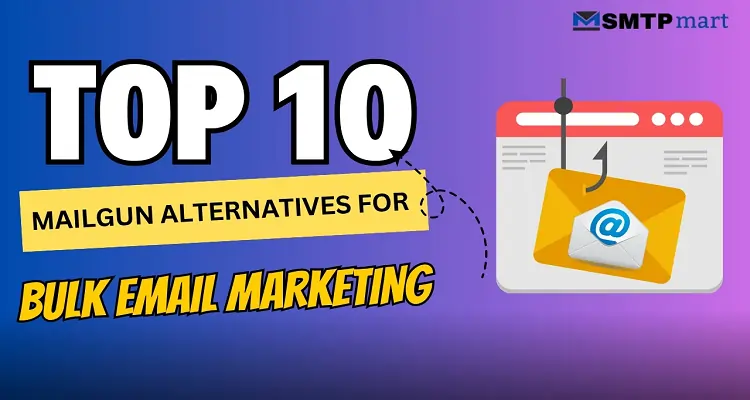Email drip campaigns are changing the way businesses talk to their customers. Instead of sending one email and hoping for the best, drip emails allow you to stay in touch with people over time automatically.
If you’ve ever signed up for a newsletter and then received a series of helpful emails, you’ve already experienced an email marketing drip campaign in action. Now, it’s your turn to create one.
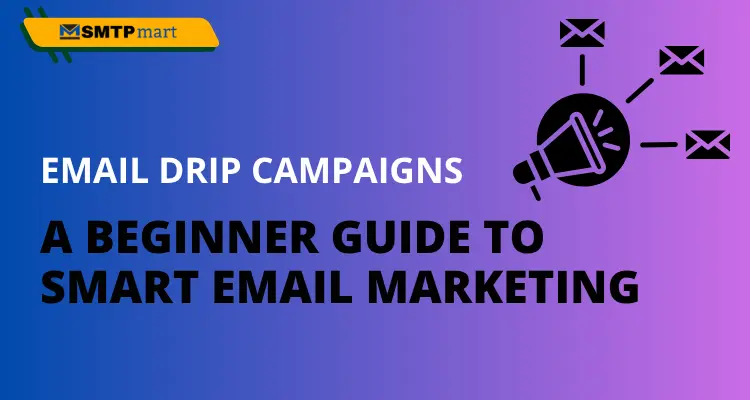
I’m going to share everything you need to know about drip email campaigns, from what they are and why they work to how you can create your own using simple strategies and best practices.
What Is an Email Drip Campaign?
An email drip campaign is a sequence of pre-written emails that are sent out automatically based on a user’s behavior or a specific schedule. The term “drip” comes from the idea of “dripping” information to the user over time, rather than all at once.
Each email is part of a larger story. As your audience reads each message, they are guided closer to your goal, whether that’s making a purchase, signing up, or staying engaged.
For example, if someone signs up for your newsletter, you could send:
- A welcome email right away
- A helpful tip two days later
- A customer story after four days
- A discount or offer after a week
This is a simple email drip campaign strategy, and it’s incredibly effective.
Why Are Email Drip Campaigns So Powerful?
Email drip campaigns are one of the most effective ways to build long-term connections with your audience. They work automatically, send helpful content over time, and help move people closer to taking action. Here’s why these campaigns are a smart choice for any marketing plan:
1. They Save Time
You set them up once, and they run on autopilot. This frees up your time while keeping communication consistent. Even while you focus on other tasks, your email drip campaign keeps working in the background.
2. They Are Personalized
Since the emails are based on user behavior, they feel more personal and relevant. This kind of targeted messaging makes the user feel understood and valued.
3. Increase Engagement
When people receive helpful, well-timed content, they are more likely to read, click, and act. Drip emails keep users connected without overwhelming them with too much information at once.
4. Boost Sales
Drip campaigns keep your brand top of mind and guide customers toward buying decisions step by step. With a clear strategy, your email marketing drip campaign can turn leads into paying customers.
5. They Reduce Churn
For SaaS companies or services, drip campaigns can help onboard users, explain features, and prevent cancellations.
These benefits are why many companies now rely on email marketing drip campaigns to communicate better and sell more.
When to Use a Drip Email Campaign?
There are many situations where a drip campaign email is more effective than a one-time message.
Here are the most common use cases:
- Welcome new subscribers
- Onboard new customers or users
- Promote products or services
- Nurture leads through a sales funnel
- Recover abandoned carts
- Re-engage inactive subscribers
- Educate your audience about a feature or service
- Collect feedback or reviews
Each situation can have its own email drip campaign strategy.
How to Set Up a Drip Email Campaign (Step-by-Step)
Creating your first email drip campaign doesn’t have to be hard. Follow these simple steps to get started.
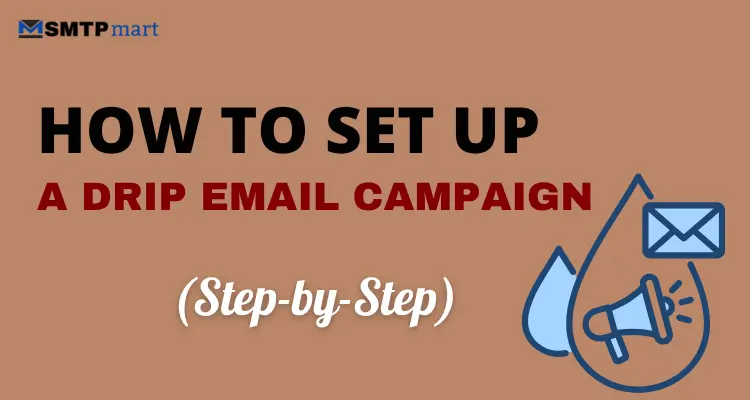
1. Know Your Audience
Understand who you are writing to. Are they new subscribers? Existing customers? Trial users? The more you know about them, the better your emails will connect.
2. Set a Goal for the Campaign
What do you want your emails to achieve? Some common goals:
- Increase product sales
- Convert free users to paid users
- Educate customers
- Re-engage inactive users
Your goal will shape the content and timing of your emails.
3. Choose the Trigger
The trigger is the action that starts the campaign. Common triggers include:
- Joining your email list
- Downloading a lead magnet
- Starting a free trial
- Making a purchase
- Inactivity over time
4. Plan the Sequence
Decide how many emails you’ll send and when. A simple 5-email drip might look like this:
| Timing | Purpose | |
| 1 | Immediately | Welcome the subscriber |
| 2 | Day 2 | Introduce your value |
| 3 | Day 4 | Educate or share a story |
| 4 | Day 6 | Present your offer |
| 5 | Day 8 | Final reminder or bonus |
This sequence can be adjusted based on your product or service.
5. Write the Emails
Whenever you write the emails keep these tips in mind:
- Use a friendly, conversational tone
- Focus on one clear message per email
- Use short paragraphs and clear formatting
- Include one strong call-to-action (CTA)
- Personalize using names or past behavior
Remember, people are busy. Make it easy for them to read and act.
6. Automate the Campaign
Use an email marketing platform to schedule and send your emails based on the trigger. We’ll cover some free email drip campaign tools shortly.
7. Test and Improve
Don’t just “set it and forget it.” Track your results. Look at open rates, click rates, and conversions. Change subject lines, timing, or content as needed to improve performance.
Email Drip Campaign Best Practices
Creating a good drip email campaign is more than just writing emails. It’s about strategy and structure. Here are the most important email drip campaign best practices:
Segment Your Audience
Send the right message to the right people. Use segments like:
- New leads
- Active customers
- High-value clients
- Abandoned cart users
- Inactive users
Personalize Your Emails
Use their name, company, or past actions. Personalized emails feel more human and perform better.
Keep Subject Lines Simple
Avoid clickbait. Be clear about the value inside the email.
Example:
“Welcome to our community – Here’s what’s next”
“You won’t believe what we have for you!!”
Focus on Value First, Sales Later
Start your campaign by helping, not selling. Build trust before asking for a purchase.
Include a Clear CTA
Each email should have one main goal. Whether it’s clicking a link, watching a video, or replying to the email—make it clear.
Use Social Proof
Include testimonials, customer reviews, or success stories to build credibility.
Test, Test, Test
Try different subject lines, email formats, and CTAs to see what works best.
Examples of Email Drip Campaigns
Let’s take a look at real examples of email drip campaigns you can model:
Product Onboarding Campaign
Trigger: User signs up for a free trial
1. Welcome and get started
2. How to use Feature A
3. How to use Feature B
4. Tips to get better results
5. Invite to upgrade
Abandoned Cart Campaign
Trigger: User adds to cart but doesn’t buy
1. Friendly reminder
2. Show product benefits
3. Offer a small discount
4. Last chance before item is gone
Re-Engagement Campaign
Trigger: Inactive for 30+ days
1. “We miss you” message
2. Share what’s new
3. Offer an incentive to return
4. Unsubscribe or confirm interest
These examples help you design your own drip email campaign no matter your niche.
Free Tools to Create Email Drip Campaigns
You don’t need a big budget to get started. Many platforms let you set up a free email drip campaign with powerful features for automation.
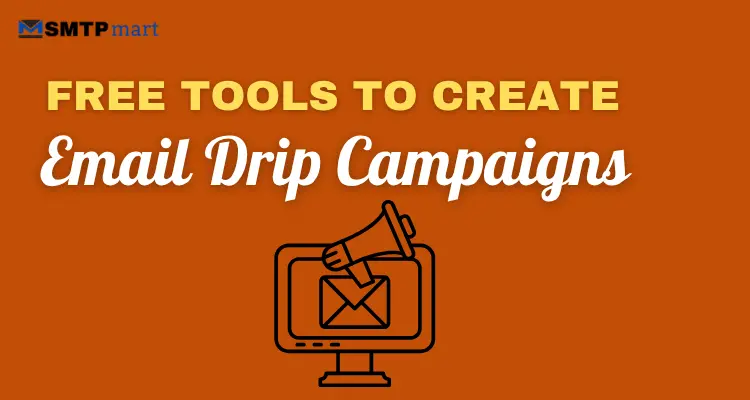
Here are some great tools to Create Email Drip Campaigns:
SMTPmart
SMTPmart is the best email marketing service that allows you to create and manage email drip campaigns with ease. It supports automation, list segmentation, and real-time tracking, all under an affordable or free plan depending on your needs. Great for both beginners and experienced marketers. What I really like about SMTPmart is how simple it is to use. You do not need to be super technical or have a marketing degree to get started. You can jump right in, set up your emails, and let the platform handle the rest.
The tracking features are also a big plus. You can see who is opening your emails, what they are clicking on, and where you might need to improve. It is actually pretty satisfying to watch your results come in and know exactly what is working.
MailerLite
MailerLite offers a free plan that includes advanced automation workflows, a drag-and-drop email editor, and subscriber management. It’s perfect for small businesses and creators looking to send drip email campaigns without complications. The interface can feel a bit clunky at times, especially when you are trying to set up more complex automation. Some features are not immediately visible, so it might take a while to figure out where everything is.
The free plan is okay for getting started, but it does come with some restrictions. As your list grows or your needs become more advanced, you may find yourself needing to upgrade sooner than you expected.
iDealSMTP
iDealSMTP is a reliable SMTP service designed for marketers who want high deliverability. It supports email marketing drip campaigns and allows full control over your email sending, triggers, and list management. It’s especially good for transactional and promotional drip emails. One of the main advantages is the level of control it provides. You are not forced into rigid templates or limited workflows. You can structure your campaigns the way you prefer and adjust them as needed. Whether you are sending order confirmations, welcome emails, or product announcements, the platform is built to support both simple and complex use cases.
Brevo
Brevo’s free plan allows you to send up to 300 emails per day and includes workflow automation. Its tools are great for setting up trigger-based drip email campaigns and managing user behavior. The platform gives you the ability to build custom automation flows based on how people interact with your emails or website. You can set up conditions like email opens, link clicks, or page visits, and then send targeted messages based on those actions. This can help you stay relevant to your audience without having to manage everything manually.
ConvertKit
ConvertKit’s free plan includes basic automation features and is a favorite among bloggers, influencers, and online creators. It’s easy to set up email sequences and tag users based on their activity. The platform is built with creators in mind, so it focuses more on simplicity and communication than on flashy design. You can quickly create forms, landing pages, and automated email flows without needing much technical knowledge. If your goal is to grow an audience, build relationships, and promote digital products or content, ConvertKit makes that process fairly smooth.
Extra Tips to Create the Best Drip Email Campaigns
To create the best drip email campaigns, go beyond basics:
- Use behavior-based triggers like clicks or views
- Add emojis to subject lines (but don’t overdo it)
- Resend emails to people who didn’t open them
- Celebrate user milestones (like 1 month using your app)
- Use “last chance” emails to create urgency
You don’t have to be a tech expert. With the right strategy and tools, anyone can create high-converting email drip campaigns.
Why Email Drip Campaigns Work Better Than Traditional Emails
Traditional email marketing services sends one message to your whole list. It’s simple, but not personal.
Drip email campaigns are different because:
- They respond to the user’s behavior
- They feel more human
- They build trust over time
- They allow more targeted messaging
- They work 24/7 while you sleep
Instead of shouting at your whole list, you have a personal conversation with each user, at the right time. That’s the power of automation.
Conclusion
Now that you understand what an email drip campaign is and how it works, you can see how powerful it can be for growing your business, engaging your audience, and saving time.
From onboarding to re-engagement, drip email campaigns help you stay in touch with your audience in a way that’s smart, simple, and effective.
Start small. Write a few helpful emails. Set them up with a free email drip campaign tool. Then test, tweak, and improve. Soon, you’ll be running one of the best drip email campaigns in your industry.
FAQs
Here are some of the frequently asked questions:
An email drip campaign is a set of emails that are sent to someone over a period of time automatically. These emails are sent based on actions like signing up for a newsletter, downloading something, or not being active for a while. Instead of sending one long email, you send several shorter ones that guide the reader toward a goal such as buying a product or using a service.
Email drip campaigns are more powerful than regular one time emails because they are targeted, automatic, and timely. They help you save time while building better relationships with your audience. These campaigns increase customer engagement, improve sales, and allow you to stay connected without sending each email manually.
There are many ways to use a drip email campaign in your business. Some common examples include:
1. A welcome series for new subscribers
2. Onboarding emails for new customers
3. Emails for people who leave items in their cart
4. Emails to re engage users who have been inactive
5. Educational emails to teach about a product or service
Each of these email marketing drip campaigns is designed to guide the reader step by step toward a clear goal.
To run the best email drip campaigns, follow these simple tips:
1. Segment your email list so each group gets the right message
2. Personalize your emails with names or user actions
3. Keep subject lines clear and honest
4. Send emails that help before you try to sell
5. Test different versions to improve your results
These email drip campaign best practices help you build trust and drive better results.
Yes, you can create a free email drip campaign using popular tools that offer great features without needing a paid plan. Here are some top options:
1. SMTPmart – Easy to use and offers strong automation features
2. MailerLite – Great for small businesses with a simple interface
3. iDealSMTP – Offers high deliverability and full control over your emails
4. Sendinblue – Includes automation and daily sending limits
5. ConvertKit – Ideal for bloggers and content creators
These tools let you build powerful drip email campaigns without spending money.
